Inbound marketing can be pretty complex.
There are tons of different strategies on how to drive the most and the best inbound traffic.
You can write more blog posts and e-books, and have great keywords and good social publishing.
There’s a lot going on.
To top it all off, inbound marketing trends shift almost as fast as SEO tactics do.
This means it’s harder and harder to stay on top of the game and keep yourself from falling behind.
One day you’re publishing awesome content and locking it behind a form, and the next day you realize that forms don’t work.
It can be tricky and ever-evolving, but at the end of the day, you need inbound marketing to grow your business.
It’s one of the best ways to drive new leads to your site without paying big dollars for advertising spend.
So how do you keep up in such a fast-paced, always-changing, growing environment?
There are a few trends that I can already predict will be successful in 2018.
These trends are building up steam right now, and we are starting to see them more and more.
The effectiveness of these methods is already proven, and they’re gaining traction, so it’s a good idea to jump on board and get ready to use them before they really take off next year.
Let’s dig into the basics of inbound marketing, and then go over three inbound-marketing trends to start using before 2018.
Brief overview of inbound marketing
The term “inbound marketing” was coined by HubSpot in 2006.
They defined it as:
An approach focused on attracting customers through content and interactions that are helpful and relevant.
So instead of competing for ad space and buying slots, you focus on developing your blog, SEO presence, and social media platforms.
It’s meant to bring visitors to your content or site naturally (inbound), rather than going out and trying to pull them in with outbound methods like advertising.
HubSpot’s inbound methodology is what they use to visualize the process of inbound marketing:
The first stage is to Attract, which focuses on driving traffic back to your site.
The goal in this stage is to drive relevant traffic that is most likely to become a lead or a potential customer.
You can achieve this with great SEO, blogging, social publishing, and more.
The second stage is Convert.
Convert is all about taking those website visitors and turning them into leads by gathering content information.
You can do this with things like white papers, tip sheets, or e-books in exchange for emails to grow your list.
The third stage is called Close.
This stage focuses on turning the right leads from the right traffic into final customers.
Marketing automation, email, CRMs, and closed-loop reporting play a big role in closing these deals and bringing in more customers.
The final stage is all about “delighting” your current customers.
Delight creates a better relationship with current customers through social media, surveys, CTAs, and nurturing emails.
You want to do this to create higher lifetime values and loyal customers.
Now that you’ve got a basic handle or refresher course on the technicality of inbound marketing, let’s jump into the biggest trends to master before 2018.
1. Guest blogging is king
It’s common knowledge that blogging is the best way to bring in new organic inbound traffic.
Content marketing is the best way to drive leads fast.
So if you aren’t blogging consistently, you are potentially losing huge increases in return on investment.
On top of that, the blogging market is growing fast. There are millions of posts being published daily for a reason:
Blogging drives traffic.
And that’s why I recommend guest blogging.
Blogging works. But it takes time when you have no traffic.
When you guest post on industry expert sites, you bring relevant traffic back to your own website.
And that’s why I guest blog all of the time:
I do it for two main reasons:
- Exposure of my brand on sites that have huge followings
- Bring relevant traffic back to my own site
It’s a mutual exchange:
Site X gets great content from producer Y (you) in exchange for Site X’s audience and promotion.
But it’s not just me taking advantage of guest posting.
If you’re still not convinced, what if I told you that guest blogging lands amazing inbound sales?
Jon Cooper generated tons of hits on a single guest post on Moz:
From that traffic, he got countless requests and inquiries for new services.
In fact, he got so many that he had to turn them down due to limited resources and such high demand.
Gregory Ciotti was able to generate 36,733 email subscribers by guest blogging.
The case studies are endless for a good reason:
Guest blogging works. It drives traffic and inbound leads.
So, how do you get started?
It’s easy. Start by heading to Google and searching for your favorite industry site.
For example, let’s go to Search Engine Journal.
Browse their site and make sure that your audiences line up.
For example, SEJ is a diverse site.
It has topics on almost anything related to marketing, so it’s probably going to be a good fit for most marketers.
If you like PPC, they have a blog around that. If you’re more focused on SEO, you can talk about that too.
Head to their site and see what kind of engagement people get on their posts:
If the engagement for each post looks great, then it’s worth your time.
The last thing you want to do is guest blog on a site with 1,000 visitors a month that don’t like or share the content.
That would be a huge waste of time.
If you do find a site with high engagement, head back to Google and perform this basic search to locate their guest-blogging policies:
You can also switch up the “guest post” part to the following parameters if nothing shows up to:
- Guest blog
- Guest blogging
- Write for us
This a fast way to find new guest blogging opportunities.
Click on the link, and you will instantly get information on how to participate in guest blogging for your desired site:
On many sites you can even fill out a form to submit your ideas and information for review:
Do this process for your favorite sites to quickly get your guest blogging off the ground.
Remember: Always give examples of your best content only.
Once you’ve done that, simply rinse and repeat the process, and you will be driving relevant traffic back to your site in no time.
Guest blogging is one of the best ways to receive high-quality traffic.
But, you can’t just put together any old 1,000-word blog post.
That won’t drive traffic.
Follow this next trend to drive better traffic using your guest blog (and own blog) posts.
2. Long in-depth content is better
Guest blogging is fantastic.
Blogging on your own site is incredible for driving inbound traffic too.
But not just any blog post will do.
You can’t throw together a lazy 500 or 1,000-word post and expect your business to become the next Facebook.
It just won’t happen.
Instead, high-quality, high-value, consistent blogging will transform your business.
It helped me transform Crazy Egg by increasing blog traffic by over 200%.
And it has helped my own site grow immensely. I blog multiple times a day now, and I’ve never seen better traffic levels.
But the majority of people are writing only 1,000-word blog posts:
And on top of that, the majority of people are only posting on a weekly basis:
While on the surface that doesn’t seem that bad, it’s not great.
It’s just like going to the gym:
If you don’t put in the time, you aren’t going to see the results. No pain, no gain.
It’s the same with inbound marketing.
You can’t write too little and risk getting little to no traffic.
But you also can’t write 100 posts a day. There is simply not enough time.
You need to find a happy medium that is data-backed in driving traffic.
And data from one million posts says that longer posts rank higher in Google’s search engine.
And even that data set seems to be on the low end when compared to HubSpot’s latest report:
They found that the sweet spot for driving the highest levels of organic traffic on a blog post was 2,250 to 2,500 words.
So if you’re still writing shorter blog posts, that’s probably why your traffic isn’t as high as you want it to be.
You likely aren’t seeing the benefits that people rave about when they bring up inbound blogging.
So, how do you go about creating a 2,500-word blog post?
It’s actually not hard! You just need to invest the time and effort into it.
Here are a few actionable ways to get your blog posts to 2,500 words without useless fluff writing or simply trying to add to your word count.
First, add walkthroughs or how-tos or step-by-step content.
This is the best way to add good length to your posts. Instead of fluff writing that doesn’t contribute anything to the piece, you need to focus on adding value.
Use great images that take advantage of callouts like boxes, highlighting, and arrows.
If you’re writing an article like, “The best ways to drive leads with SEO,” then don’t simply state the best ways.
Show people how to implement them.
Or if you’re writing an article about remarketing, show them how to start a campaign:
Detailed, actionable steps are what people are looking for.
Think about it:
Do you search for something on Google like “SEO guide” with the intention of bettering your SEO?
Of course you do.
So, if you don’t include specific step-by-step ways to improve SEO, you can kiss that traffic goodbye.
Next, start repurposing your content.
For example, let’s say you have multiple posts surrounding SEO tactics, like:
- Local SEO tips
- SEO hacks
- Link building tips
You can simply combine these into a listicle post like:
“25 SEO Tips To Drive More Leads Today.”
I do this all the time to create longer, more detailed guides:
Take existing, short posts and combine them into a single guide that is all-encompassing.
Expand your posts without doing any new work, and I guarantee that your traffic will increase.
3. Forms are phasing out
You read that right. Forms are becoming a thing of the past.
That original HubSpot inbound playbook was introduced in 2006.
It’s now nearly 2018. And the same tactics simply don’t apply.
Trends shift, patterns change, and most important of all:
Consumer behavior evolves.
You can’t keep doing the same things that worked in 2006, or we’d all be keyword stuffing our blog posts to rank #1.
Qualifying leads is an important aspect of any business. We all thrive on driving inbound leads.
But what happens when those leads have to wait to talk to you and even have to go through an extensive form?
They simply don’t convert as quickly.
Drift tested the response times of more than 400 sales teams to find out the average response time to leads:
The mass majority responded 5+ days from initial contact, or they never responded.
And that’s terrible considering there is a 10x decrease in the likelihood of making contact with a lead after 5 minutes of not receiving help.
Response time is one of the most (if not the most) critical factors in whether or not you turn a lead into a customer:
And inbound marketing is all about leads.
It’s all about leads that convert, are interested in your services, and are naturally driven to your site.
So what happens when you land on a page with a form?
You searched in Google for “content marketing strategy” and clicked on the first link. And it took you to a gated wall.
It asks for your information in exchange for the guide.
What do you do?
Likely you get frustrated, and you click back to Google to select the second result.
The fact is:
People hate filling out forms for content that should be “free.”
But how else do you collect leads? Live chat.
In fact, Drift put their business on the line to test this.
They eliminated forms from their site for an entire year.
Guess what happened.
They generated more inbound leads than they did with forms.
That little message above had a 63% click-through rate. Out of the people who clicked on that message, 63% engaged in a conversion with a sales rep.
I know for a fact that is much higher than most of the forms still left on my website.
People don’t want to wait 24-72 hours to speak to someone about their problems.
Problems are an “in the moment” situation. They need to be fixed ASAP. That’s why we Google everything.
We need a fix right now. And if you can’t fix it right now, you risk losing that lead.
Start by implementing a live-chat system on your site ASAP:
It’s free, easy to set up and will help you respond to leads instantly, rather than sending boring emails 72 hours later.
Don’t risk losing leads because you can’t email them fast enough.
Help them solve their problems quickly, and you can expect much better inbound leads that convert at higher rates.
The old school tactics like the 2006 gated content strategy don’t work as well as they used to, and all trends point to live chat for 2018.
Conclusion
Inbound marketing has changed quite a bit since HubSpot first introduced it in 2006.
Instead of a once-basic strategy, there are now countless ways to drive more inbound traffic.
You can write blog posts, publish e-books and guides, research the best keywords, and have a better social strategy.
Inbound marketing is complex and always changing.
For example, we all thought forms were the gold standard of lead generation for inbound traffic.
But they don’t work as well anymore.
As we find that consumer behavior shifts, our marketing tactics need to adapt.
And adapt we must, because we need inbound marketing to drive traffic.
So you can’t just give up when your money-making tactics don’t work anymore.
Instead, start guest blogging.
It’s one of the best ways to grow your business and get your brand in front of relevant traffic.
Next, write longer, in-depth, data-driven blog posts that help people.
The top ranking content in Google isn’t 1,000 words, so you can’t expect to master inbound marketing by slapping together a mediocre blog post.
Lastly, focus on generating leads without annoying consumers.
Try using live-chat systems instead of forms.
Inbound marketing requires us to change our tactics to meet consumer behavior shifts.
Don’t fall behind the pack in 2018.
What are your most successful inbound marketing tactics that you think will be around in 2018?

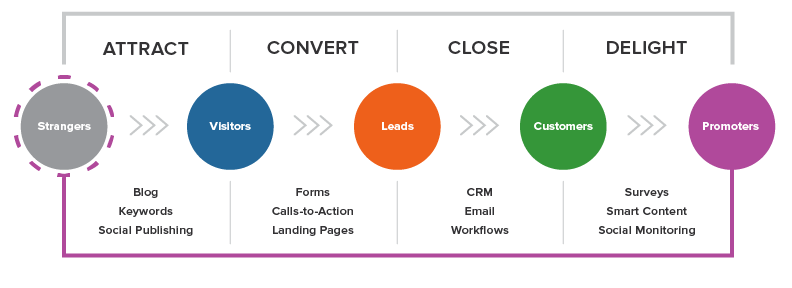

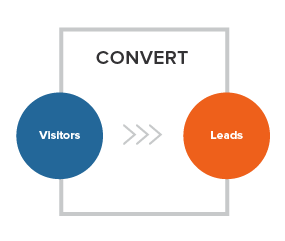
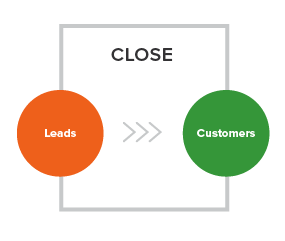
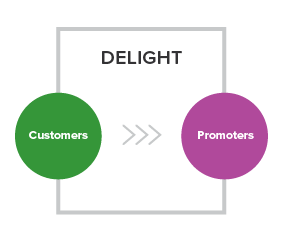
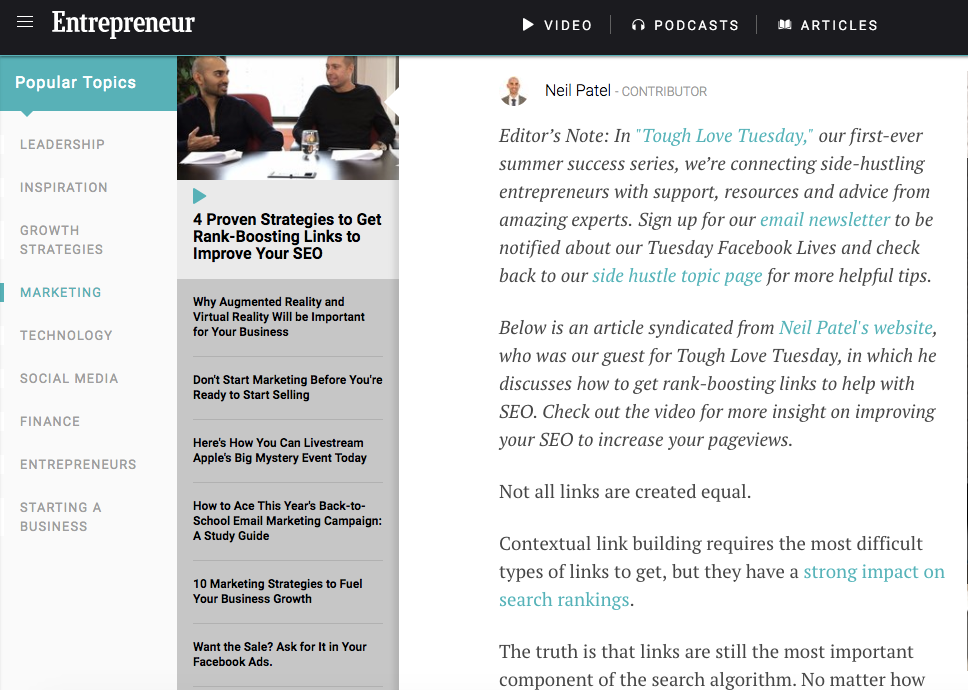

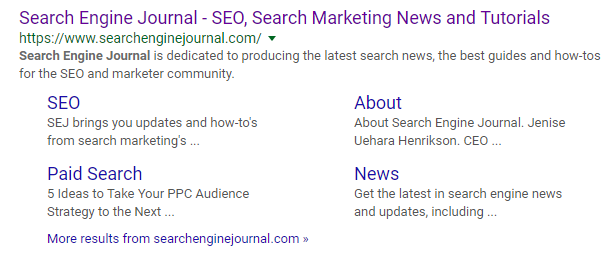
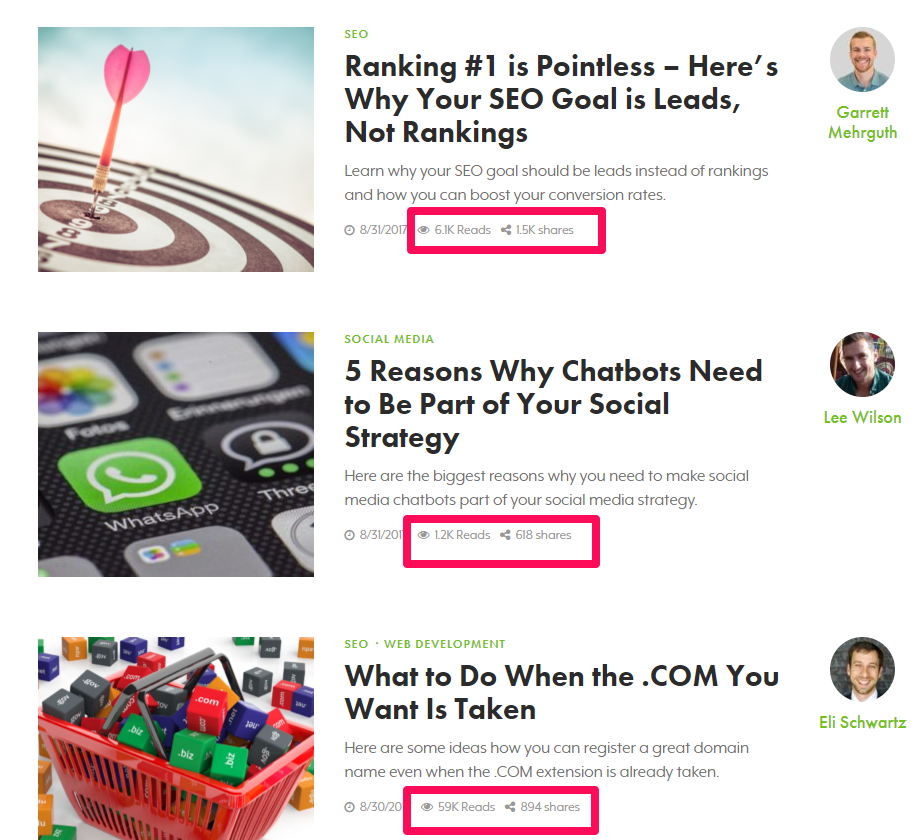



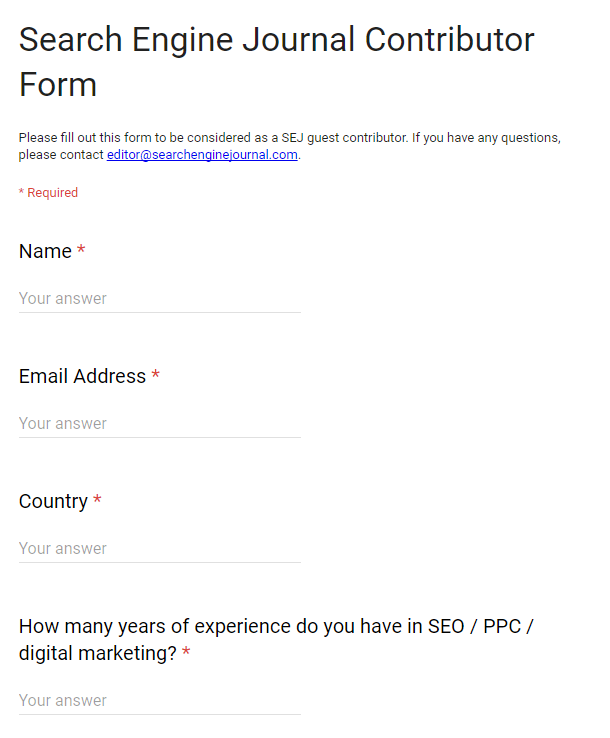
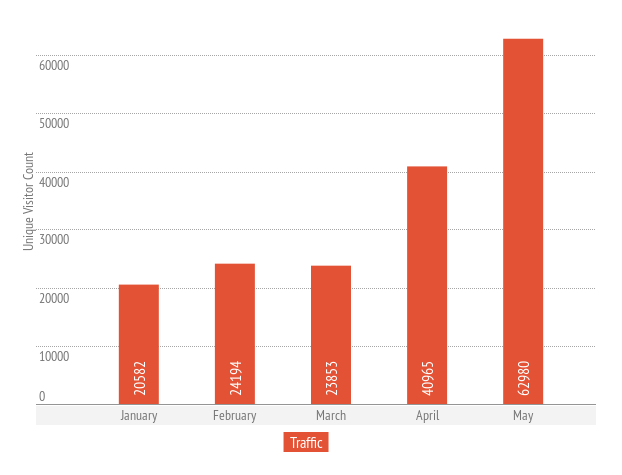
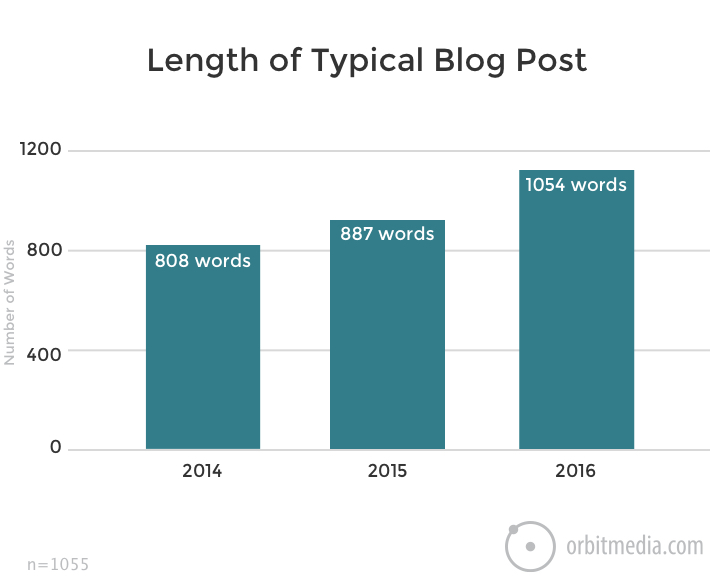
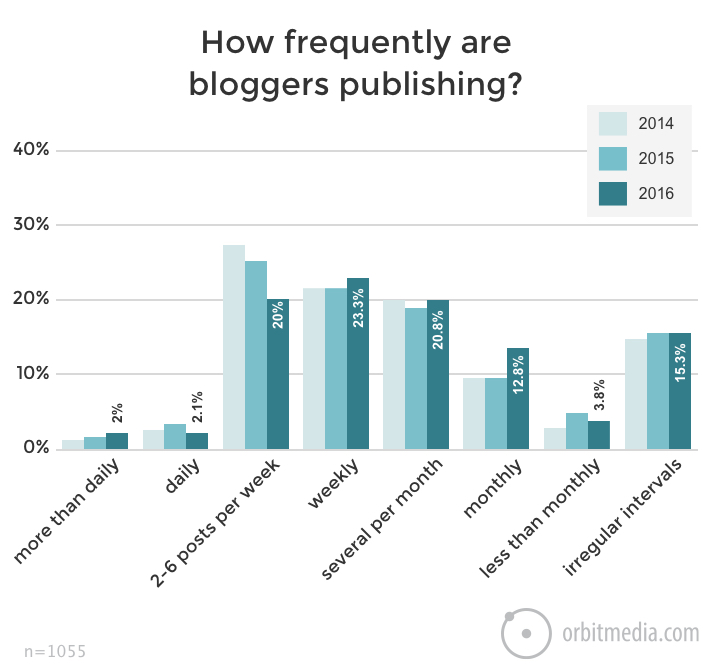
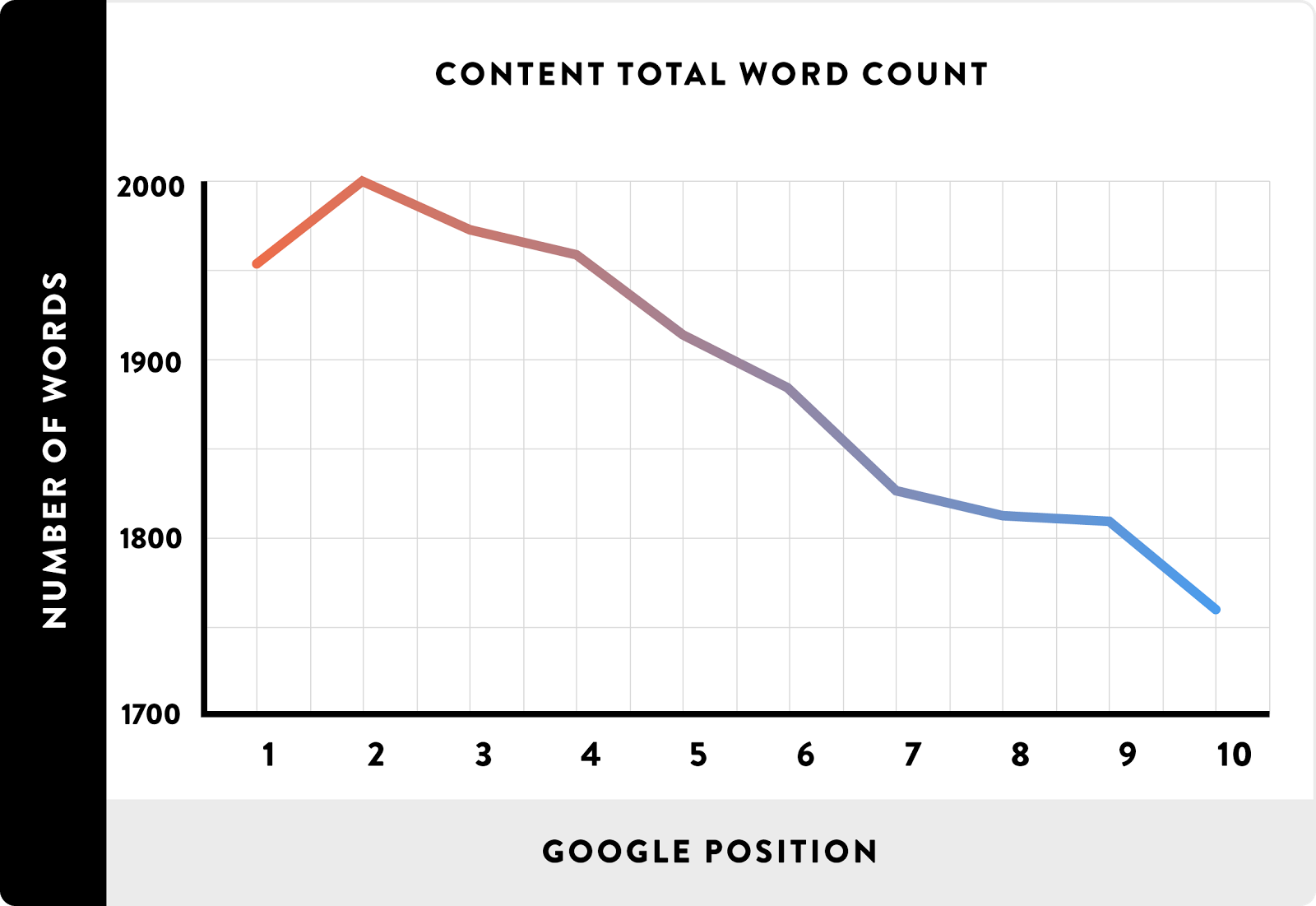
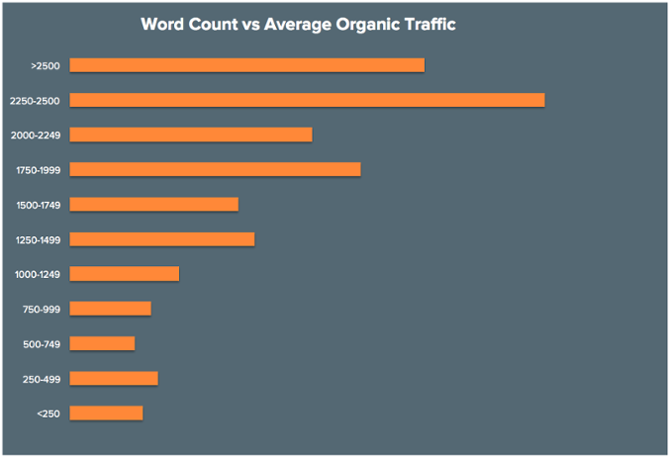
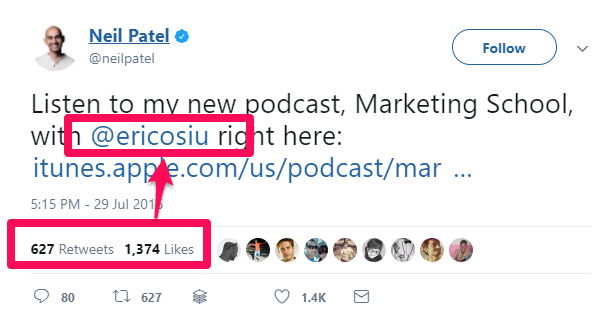
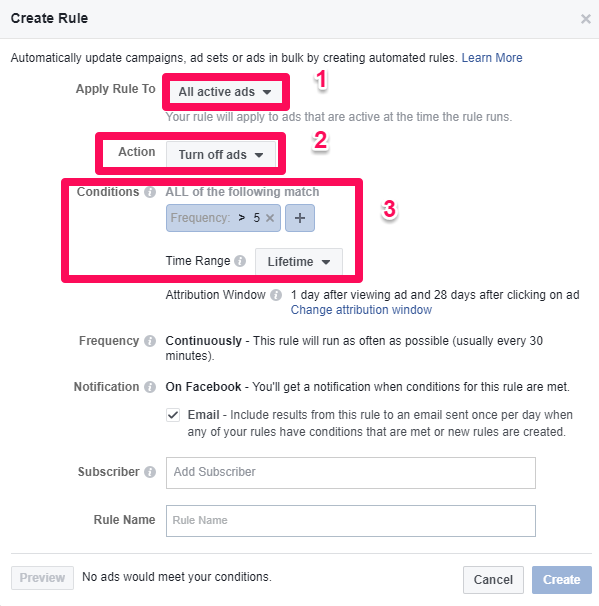

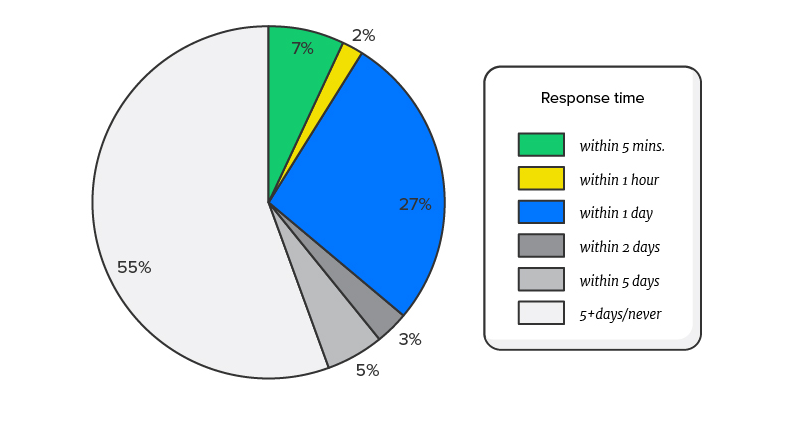
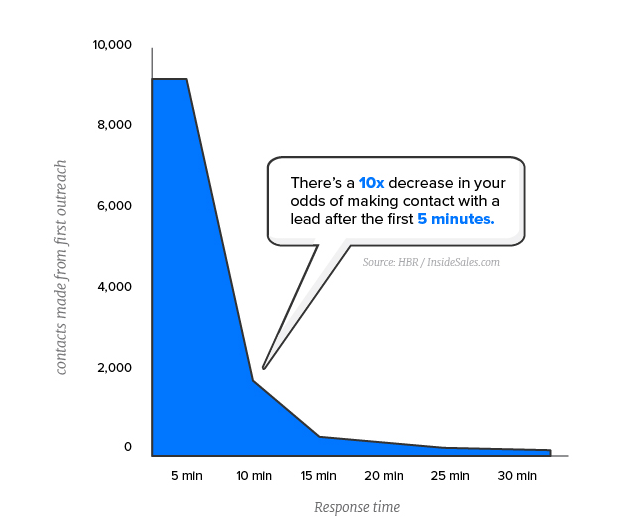
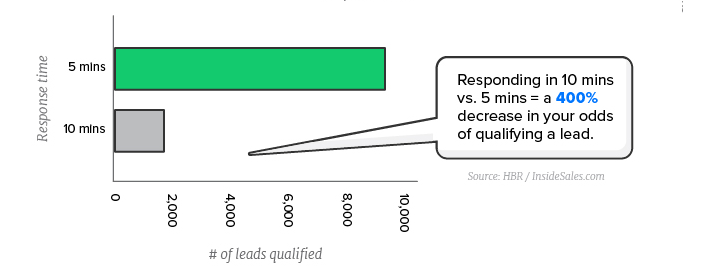
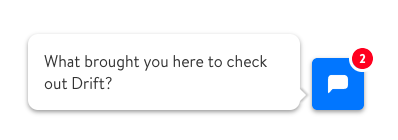
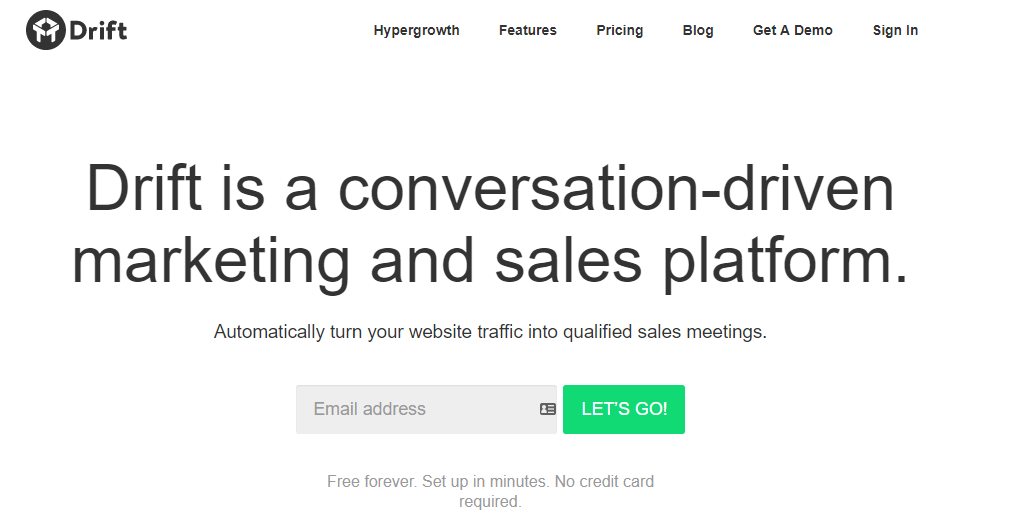
Comments (8)